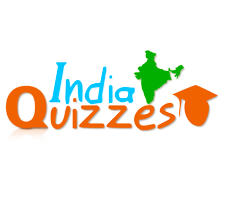1. The device that allow you to put information into the computer are called –
(a) input devices
(b) output devices
(c) type devices
(d) print devices
(e) None of these
2. Which of the following lets you leave a screen or program?
(a) Boot
(b) Programs
(c) Exit
(d) Text
(e) None of these
3. A blinking indicator that shows you where your next action will happen is called
(a) CPU
(b) cursor
(c) tool bar
(d) boot
(e) None of these
4. Commands at the top of a screen such as FILE-EDIT-FONT-TOOLS to operate and change things within programs are referred to as
(a) menu bar
(b) tool bar
(c) user friendly
(d) word processor
(e) None of these
5. To change the written work which is already done, we use the option
(a) file
(b) edit
(c) cut
(d) close
(e) None of these
6. A place in the computer system where data and programs are temporarily stored is called
(a) paste
(b) open
(c) memory
(d) pocket
(e) None of these
7. A key that will erase information from the computer’s memory and characters on the screen is called
(a) edit key
(b) delete key
(c) dummy out key
(d) trust key
(e) None of these
8. Which of the following is used to insert a copy of the clipboard contents, whatever was the last cut or copied at the insertion point?
(a) Paste
(b) Stick in
(c) Fit in
(d) Push in
(e) None of these
9. Which of the following is the command used to remove text or graphics from a document? The information is then stored on a clipboard so that you can paste it.
(a) Chop
(b) Cut
(c) Clip
(d) Cart away
(e) None of these
10. Which of the following is a command that saves what you are working on into the hard drive, or onto a disk?
(a) View
(b) Hold
(c) Save
(d) Go
(e) None of these
Answers:
1.(a), 2.(c), 3.(b), 4.(a), 5.(b), 6.(c), 7.(b), 8(a), 9.(b), 10.(c)


